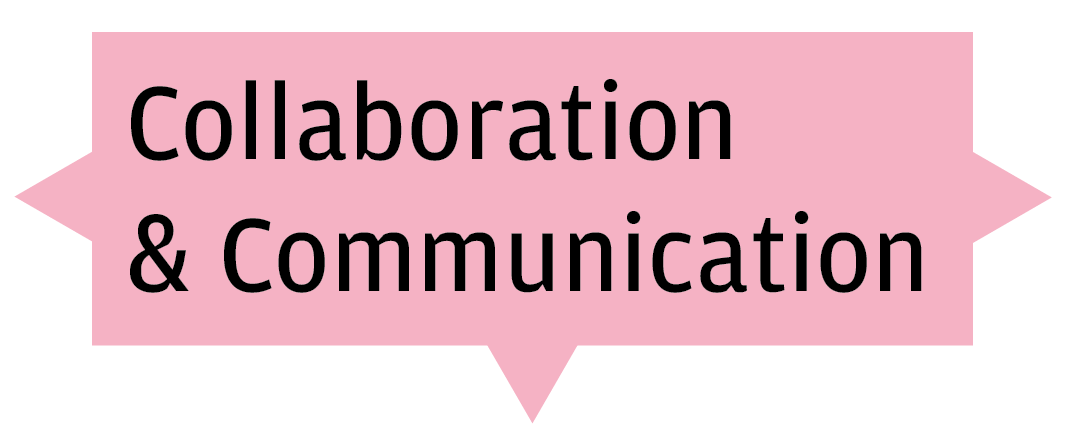Collaboration is at the center of this Lab: Participants are invited to collaborate with each other as a community of practice, although there are units involved in which everybody is practicing and focusing on their own realizations.
Collaboration as a pathway to new knowledge
In relations with others (other bodies, other ideas, humans and non-human things) we start to discover ourselves in new ways. In this specific Lab environment, we aimed to create collaborations in which the bodily perceptions and the body as storage and medium of knowledge is in the center. For example, in workshop part 2 “The art is already in us. Please stay, we will change” participants were invited to mirror sound-motives in daily bodily gestures (waving, shaking hands, hands on the head etc.). Through this immediate mirroring of sound and gesture as a collaborative doing, sounds and gestures were enriched through auditive, visual and haptic levels, which changed the initial sound/gesture.
Collaboration as a frame for creating a safe space
Doing explorative and developmental work means overcoming one’s own comfort zone. We designed learning settings, in which the atmosphere was always low-threshold but in a professional frame. Beginnings are especially crucial moments in which a feeling of trust and openness should be created: through words, through own stories, through space and interior. Acting as an experimental collective, in which every person is doing something new, something crazy, something weird, is one of the central parameters to create a safe space.
And in this safe space you can give up your own comfort zone, your normal routines, your main discipline or instrument.
Take risks: Body as medium for communication
How can we communicate with and through our body? Or through taste?
How can we lose common ways of communication through words? On which parameters do we trust?
“When we all take risks. We participate mutually in the work of creating a learning community. We discover together that we can be vulnerable in the space of shared learning, that we can take risks. Engaged pedagogy emphasizes mutual participation because it is the movement of ideas, exchanged by everyone, that forges a meaningful working relationship between everyone in the classroom.” (Bell Hooks, Teaching Critical Thinking, 2010, 21)

